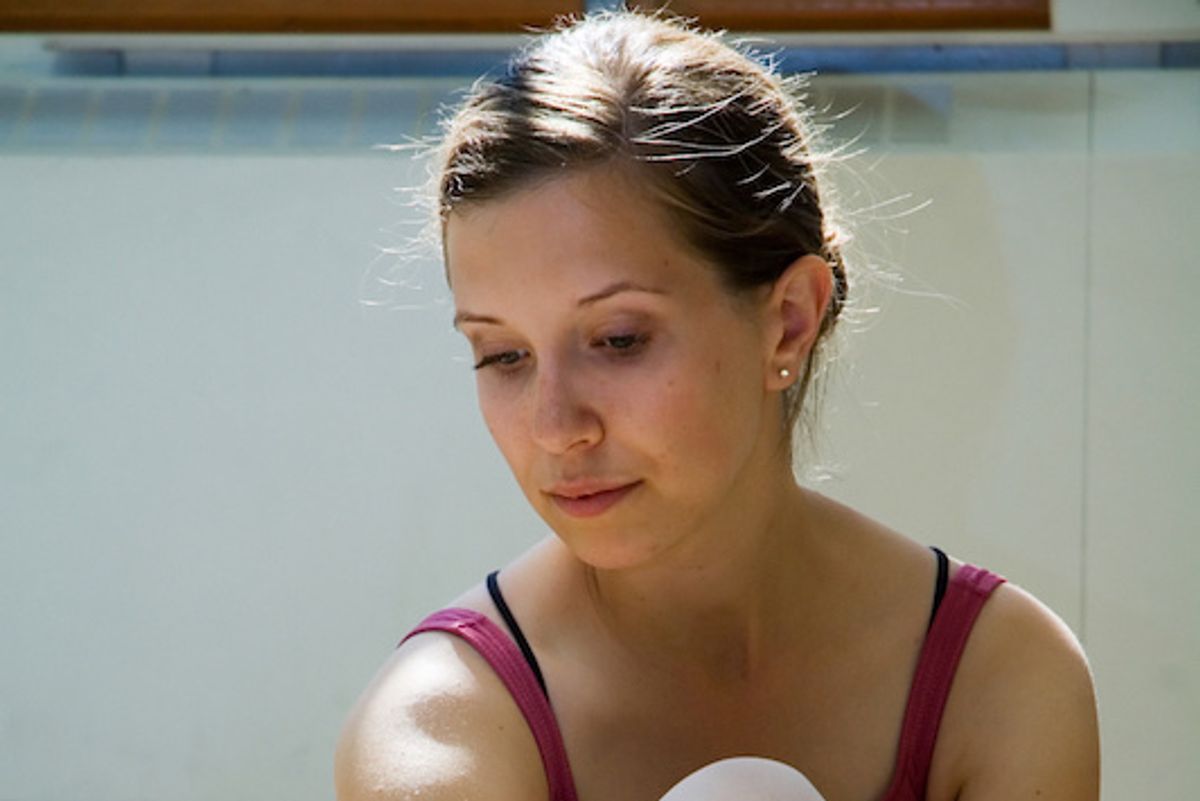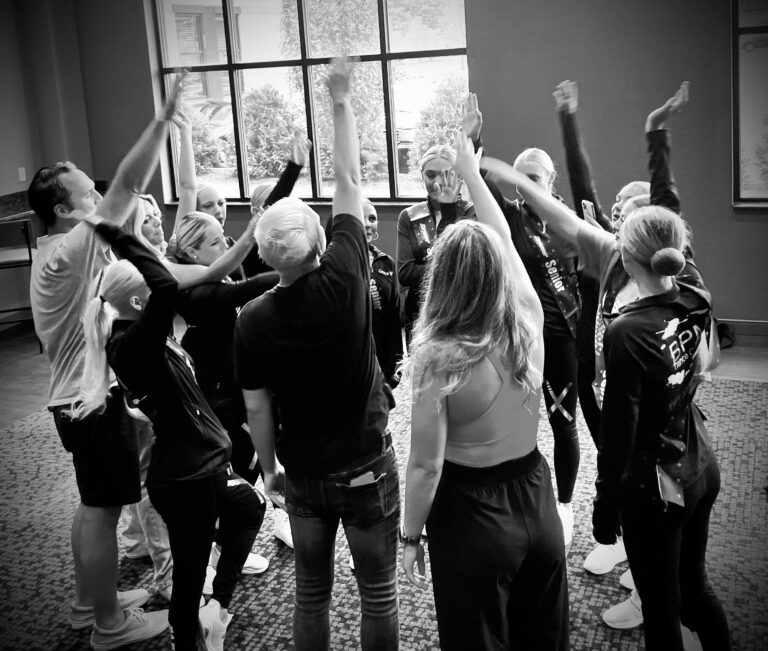
After returning from my first summer intensive away, I started my first diet at 13. My teacher patted my thigh and told me, “that wasn’t there before.”
Without any nutrition education and because I was too embarrassed to tell my mother what had happened, I started restricting food and only eating things that contained three grams of fat or less. Clearly, as a young teen, I didn’t have the knowledge to safely wade through dieting tips and formulate a plan for myself.
Now as a health coach for dancers, I approach the issue of weight with a new found sensitivity–and urge dance educators to do the same.
As you walk through the hallways at your studio, it’s possible you’ve noticed poor eating habits or sudden body changes, especially amongst teens. You’re faced with the question of whether you should say something. You know excess weight could crush the dreams of even your most promising students and your goal is to do all you can to support them.
We all wish the dance world were evolving more quickly and allowing for more diverse body types, but things don’t seem to be changing anytime soon. So how do you approach the question of weight without causing damage?
The topic of weight should be approached carefully. Be aware that a quick comment to a whole class or individual could lead to extreme, uninformed and dangerous dieting.
Any comments around the physical aesthetic can lead to similarly rash and extreme diets by your students. If you provide body or weight related feedback without any follow up, you can’t know what sort of extremes they might go to.
To deal with the question of weight in a healthy way, don’t make it about weight. Instead put the focus on them working their best and reaching their peak of performance–talk about energy, stamina and strength. Some dancer’s are simply going through puberty or have gained some weight before a growth spurt. Try to stay mindful that they’re still developing into adults.
Their bodies will change and there’s no reason to stress out the dancer. Stress can lead to hormonal imbalances that make weight loss, or maintaining a healthy weight, even more challenging. Many dancers are perfectionists, so it’s likely they’re already putting a great deal of pressure on themselves.
When you think a dancer could use help in reaching her personal best body, approach the dancer and parent together and provide resources. Is lack of cross-training or muscle tone an issue? Find a former dancer who now teaches Pilates or who works as a personal trainer and refer your students to that person. Build a relationship and see if you can get discounted rates for your students.
With food, this is perhaps an even more essential piece. It is not in the budget for all dance schools to have a nutritionist, dietitian or health coach on staff, but you can certainly find someone to refer students to. It’s essential that you find a nutritionist or health coach who works specifically with dancers, so they understand the unique challenges that dancers face.
These professionals should be aware of the intense physical demands of pre-professional training, as well as the aesthetic pressures put on dancers. It’s important that they’re supported not just in dietary choices, but also in cultivating a positive body image and relationship to food.
Avoid the temptation to share the diets or eating habits that have worked for you personally. There’s no one-size-fits-all meal plan, so refer your students to experts who can help them figure out what’s best for them.
Finally, be an example. Encourage healthy eating to be a family affair. Host nutrition workshops to help support the families and students. If your dancers see their peers, role models and teachers making healthy food choices, they’ll be more open to the importance of making those choices for themselves.




